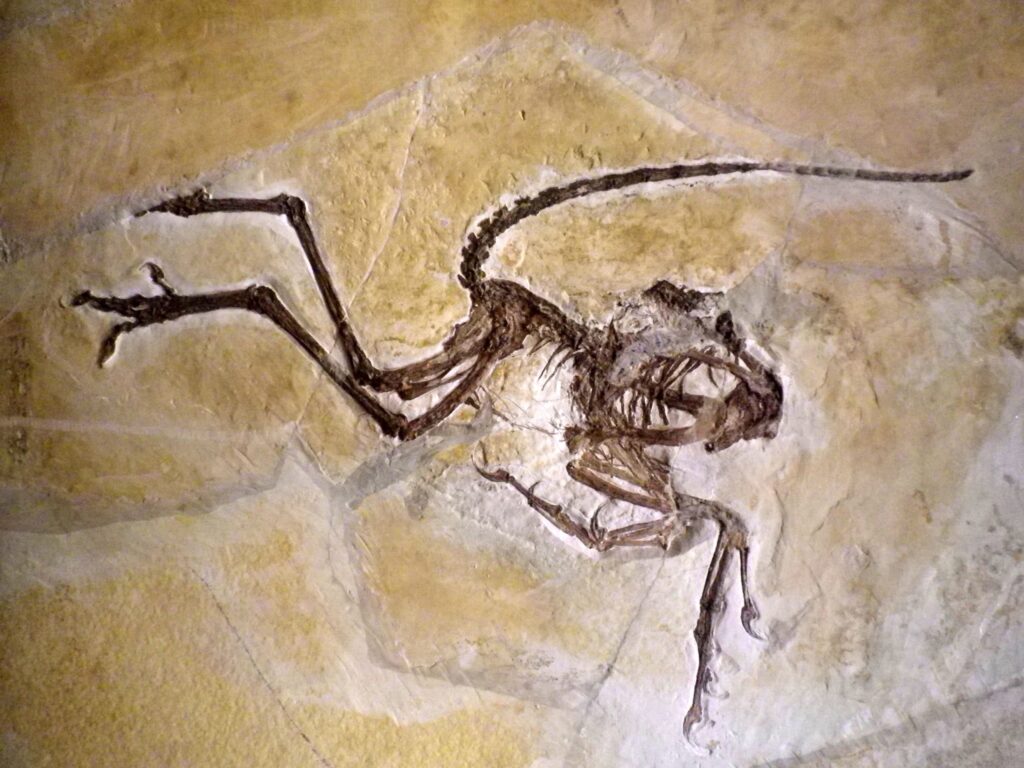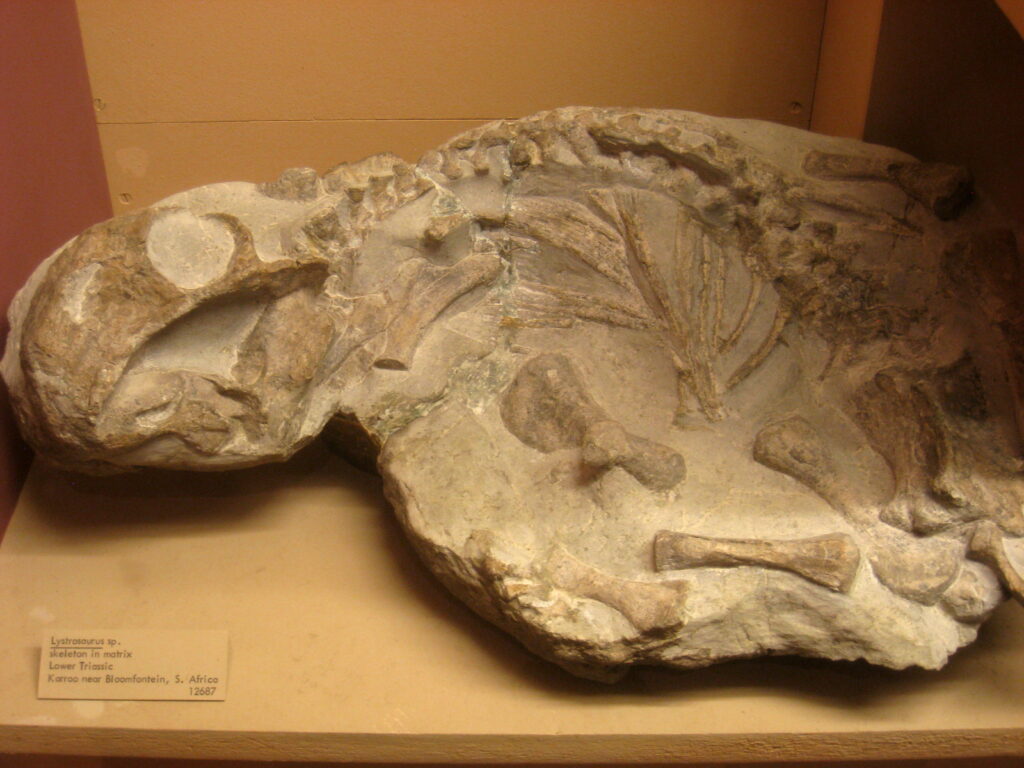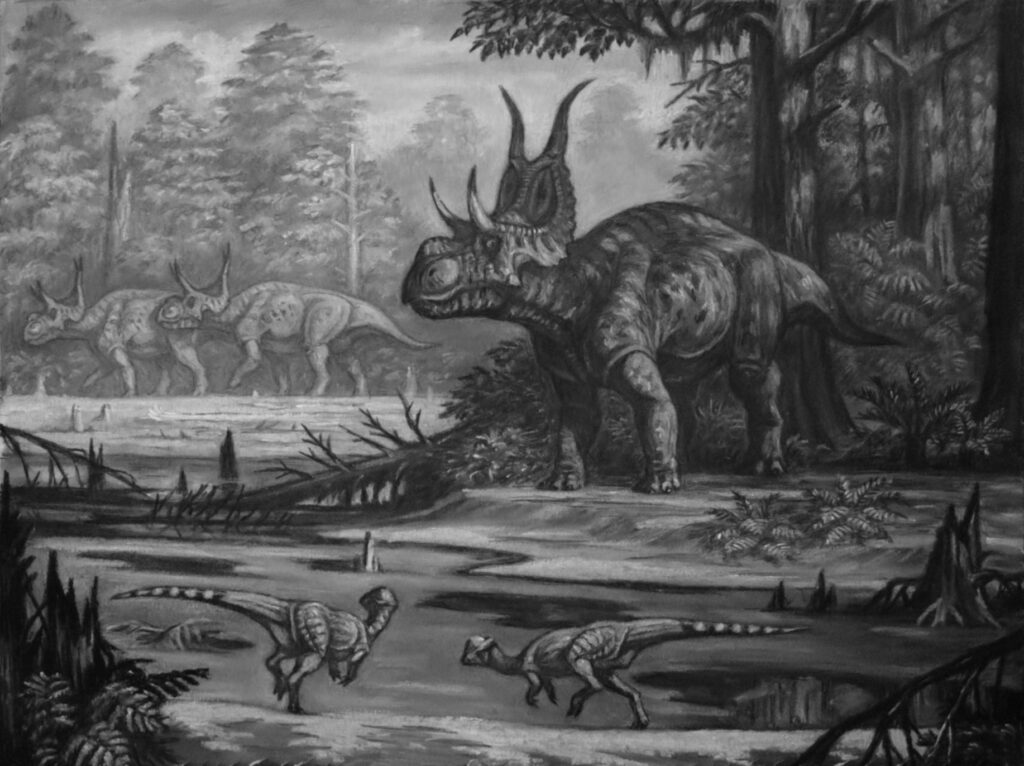Velociraptor, an iconic dinosaur that dominated popular culture following its starring role in the Jurassic Park franchise, is perhaps one of the most misrepresented prehistoric animals in entertainment history. While Steven Spielberg’s interpretation captivated audiences worldwide and cemented this dinosaur in our collective imagination, the scientific reality differs substantially from Hollywood’s portrayal. The actual Velociraptor was a fascinating creature in its own right—smaller than depicted in films but no less remarkable from an evolutionary and paleontological perspective. This article explores the true nature of Velociraptor, examining its physical characteristics, habitat, behavior, and the fascinating scientific discoveries that continue to reshape our understanding of this remarkable predator from the Late Cretaceous period.
The Hollywood Misconception

The Velociraptor depicted in Jurassic Park was drastically different from its real-life counterpart, representing one of the most significant scientific liberties taken in the film series. Standing approximately 6 feet tall with a length of about 13 feet, the movie’s Velociraptor was actually modeled after another dromaeosaurid dinosaur called Deinonychus. This creative decision was partly influenced by Michael Crichton’s novel, which drew from paleontologist Gregory S. Paul’s then-controversial classification that considered Deinonychus a species of Velociraptor. Additionally, the film’s creatures lacked feathers—a feature unknown to science when the first movie was produced but now recognized as a defining characteristic of these dinosaurs. The exaggerated size and intelligence of the film’s Velociraptors served the narrative’s need for a menacing antagonist, creating an enduring but scientifically inaccurate representation that continues to influence public perception of these ancient predators.
The Real Velociraptor: Size and Appearance

The actual Velociraptor was considerably smaller than its cinematic counterpart, standing approximately 1.6 feet (0.5 meters) tall at the hip and measuring about 6.8 feet (2.07 meters) in length—roughly the size of a large turkey. With an estimated weight of around 33 pounds (15 kilograms), this dinosaur was much less imposing than the movie monster that shares its name. Fossil evidence indicates Velociraptor possessed a long, stiffened tail that served as a counterbalance and enabled quick, agile movements. Its skull was elongated and low, with an upturned snout and approximately 26-28 teeth in each jaw, designed for slicing rather than crushing. Perhaps most notably, Velociraptor had a distinctive sickle-shaped claw on the second toe of each foot, measuring about 2.6 inches (6.5 centimeters) along its outer curve—a formidable hunting weapon that became its most recognizable feature among both scientists and the public.
Feathered, Not Scaled: The Avian Connection

One of the most significant scientific revelations absent from the original Jurassic Park films was that Velociraptors were covered in feathers, not scales. This fact was conclusively established in 2007 when scientists discovered a Velociraptor forearm fossil with clear quill knobs—the attachment points for feathers in modern birds. These structures provide irrefutable evidence that Velociraptor possessed feathered forelimbs, suggesting it had a more bird-like appearance than previously understood. The feathers likely served multiple functions, including thermoregulation, display during mating rituals, and possibly brooding behaviors when nesting. This discovery further strengthened the evolutionary connection between dinosaurs and modern birds, with Velociraptor representing an important transitional form in this lineage. Later installments of the Jurassic franchise acknowledged this scientific development by adding some feathered elements to their dinosaurs, though never fully embracing the bird-like appearance that scientific evidence now indicates.
Habitat and Geographic Distribution

Velociraptor mongoliensis inhabited the semi-arid environments of what is now Mongolia’s Gobi Desert during the Late Cretaceous period, approximately 75-71 million years ago. This region was considerably different than today, characterized by a network of streams and rivers flowing through sandy terrain with occasional forests. Fossil evidence indicates these dinosaurs lived in a seasonal climate that alternated between relatively wet and dry periods, creating a challenging environment that would have influenced their hunting and survival strategies. A second species, Velociraptor osmolskae, has been identified from fossils discovered in northern China’s Inner Mongolia region, suggesting the genus had a somewhat wider distribution than initially believed. The arid preservation conditions of these regions have contributed to the remarkable quality of many Velociraptor fossils, providing paleontologists with exceptional specimens that continue to yield valuable scientific insights about this fascinating predator and its ecological niche.
Hunting and Predatory Behavior

Unlike the pack-hunting behavior portrayed in Jurassic Park, current scientific evidence suggests Velociraptor was likely a solitary hunter that relied on speed, agility, and precision rather than coordinated group attacks. Its lightweight frame and long, stiffened tail would have enabled quick pursuits and rapid direction changes—adaptations ideal for chasing small to medium-sized prey through the semi-arid landscape it inhabited. The most compelling evidence of Velociraptor’s hunting behavior comes from the famous “fighting dinosaurs” fossil, which preserves a Velociraptor locked in combat with a Protoceratops. This remarkable specimen shows the Velociraptor with its sickle claw embedded in the Protoceratops’ neck region, while the Protoceratops appears to have trapped the predator’s right arm in its beak. Both animals were apparently buried and preserved during their struggle, possibly by a collapsing sand dune, providing a dramatic and direct glimpse into the predatory relationship between these two species and confirming that Velociraptor used its distinctive foot claw as a primary weapon during attacks.
Intelligence and Brain Structure

While Jurassic Park greatly exaggerated Velociraptor intelligence to near-human levels, fossil evidence does suggest these dinosaurs possessed above-average cognitive abilities compared to many other dinosaur species. Endocasts (models of brain cavities) from well-preserved Velociraptor skulls indicate they had relatively large brains for their body size, with expanded cerebral hemispheres and well-developed optic lobes. Their brain-to-body ratio was higher than most dinosaurs of the time, though not nearly as advanced as depicted in fiction. This enhanced brainpower likely supported better sensory processing, particularly vision and spatial awareness—crucial advantages for a predator that relied on speed and precision when hunting. Additionally, the enlarged cerebellum would have facilitated the complex motor coordination necessary for the agile movements that characterized this dinosaur. While Velociraptor was certainly not capable of the problem-solving abilities shown in the films, it was nonetheless among the more neurologically advanced dinosaurs of its era, representing an important step in the cognitive evolution that would eventually lead to the highly intelligent birds of today.
The Infamous Sickle Claw: Form and Function

The highly specialized, curved claw on the second toe of each foot represents Velociraptor’s most distinctive anatomical feature and has been the subject of extensive scientific debate regarding its precise function. Measuring approximately 6.5 centimeters along its outer curve, this sickle-shaped talon was retracted and elevated above the ground during walking to maintain its sharpness. Unlike earlier theories that suggested the claw was used primarily to disembowel prey, more recent biomechanical studies indicate it likely functioned as a piercing and gripping tool. When attacking, Velociraptors probably leaped onto larger prey, using their body weight and the claw to puncture and hold the victim while the jaws and forelimbs inflicted additional damage. For smaller prey, the claw may have served to pin the animal down during feeding. The morphology of this specialized claw represents a remarkable example of evolutionary adaptation for predation and has few parallels among modern animals, though the killing claws of the cassowary and secretary bird offer some functional comparisons.
Famous Fossil Discoveries

The scientific understanding of Velociraptor began in 1923 during the American Museum of Natural History’s expedition to the Gobi Desert led by Roy Chapman Andrews. The first specimen, consisting of a crushed but complete skull with the distinctive sickle claw, was discovered by Peter Kaisen in the Flaming Cliffs formation. In 1924, museum president Henry Fairfield Osborn formally named the species Velociraptor mongoliensis, meaning “swift thief from Mongolia.” Perhaps the most scientifically valuable Velociraptor fossil is the aforementioned “fighting dinosaurs” specimen discovered in 1971, which preserves a Velociraptor and Protoceratops locked in combat. This extraordinary fossil provides direct evidence of predatory behavior and has become one of paleontology’s most celebrated discoveries. More recently, the 2007 discovery of quill knobs on a Velociraptor forearm by paleontologists Alan Turner, Mark Norell, and Peter Makovicky revolutionized scientific understanding of the dinosaur’s appearance, conclusively proving it possessed feathers and strengthening the evolutionary connection between dinosaurs and birds.
Social Behavior: Solitary or Pack Hunters?

The pack-hunting behavior dramatically portrayed in Jurassic Park remains one of the most persistent scientific misconceptions about Velociraptor. While the film depicts highly coordinated group hunting strategies, the fossil record currently provides limited evidence to support such complex social behavior in this genus. Most Velociraptor fossils have been found as isolated individuals, with no definitive evidence of multiple specimens preserved together in a manner that would suggest pack behavior. The closest related modern animals that might offer behavioral insights—birds of prey and monitor lizards—are primarily solitary hunters, further suggesting Velociraptor likely hunted alone. However, some paleontologists propose that certain closely related dromaeosaurids, such as Deinonychus, might have exhibited some degree of group hunting based on fossil assemblages, though these interpretations remain controversial. Current scientific consensus suggests Velociraptor was most likely a solitary ambush predator that relied on speed and its specialized weaponry rather than coordinated pack tactics, making the film’s portrayal one of Hollywood’s more significant departures from paleontological evidence.
Velociraptor’s Ecological Role

Velociraptor occupied a mid-tier predator niche in the Late Cretaceous ecosystems of Central Asia, specializing in hunting small to medium-sized prey. Fossil evidence indicates its diet likely included small dinosaurs, particularly primitive mammals and reptiles, and possibly the eggs and young of larger dinosaur species. The Djadochta Formation, where many Velociraptor fossils have been discovered, supported a diverse community of animals including the ceratopsian Protoceratops, the ankylosaurid Pinacosaurus, various mammals, lizards, and the oviraptorid Oviraptor. Within this ecosystem, Velociraptor would have competed with other predators like the larger Tarbosaurus (a tyrannosaur relative) and various troodontids. Its specialized hunting adaptations, including speed, agility, and the distinctive sickle claw, allowed it to exploit ecological niches that might have been inaccessible to larger, less maneuverable predators. This ecological specialization highlights how diverse predator guilds operated within Cretaceous environments, with different predatory dinosaurs evolving distinct hunting strategies to minimize direct competition—a pattern observed in modern predator communities as well.
Evolutionary Relationships

Velociraptor belongs to the family Dromaeosauridae, a group of feathered, carnivorous dinosaurs that shares the clade Paraves with troodontids and avialans (the group that includes modern birds). Within Dromaeosauridae, Velociraptor is classified more specifically in the subfamily Velociraptorinae, alongside genera such as Tsaagan and Linheraptor. This evolutionary position places Velociraptor remarkably close to the ancestry of modern birds, representing one of the non-avian dinosaur lineages that most clearly demonstrates the evolutionary transition between dinosaurs and birds. The discovery of feathered dinosaurs in China, particularly from the slightly older Jehol Biota, has provided crucial context for understanding Velociraptor’s place in dinosaur evolution. These findings have revealed that many features once considered uniquely avian—including feathers, wishbones, and air-filled bones—evolved first in non-avian theropod dinosaurs. Phylogenetic analyses consistently place Velociraptor and other dromaeosaurids as closer relatives to birds than iconic dinosaurs like Tyrannosaurus rex, making them essential for understanding the evolutionary pathway that ultimately produced modern avian diversity.
Scientific Legacy and Continuing Research

Despite its relatively limited fossil record compared to some dinosaur genera, Velociraptor has had an outsized impact on paleontological research and continues to be the subject of active scientific investigation. Recent studies have focused on its feather structure, sensory capabilities, and the biomechanics of its distinctive sickle claw. Advanced research techniques, including CT scanning of fossilized skulls, have provided new insights into its neuroanatomy and sensory capabilities, suggesting enhanced visual processing and coordination. Ongoing excavations in Mongolia and northern China continue to yield new specimens that refine our understanding of its anatomy and evolutionary relationships. Beyond direct research on Velociraptor itself, the genus has become an important reference point in broader studies of theropod evolution, predator-prey dynamics in Mesozoic ecosystems, and the dinosaur-bird transition. Additionally, the public fascination with Velociraptor sparked by Jurassic Park has indirectly benefited paleontology by increasing public interest and funding for dinosaur research generally, demonstrating how popular culture and science can influence each other in complex and sometimes productive ways.
Conclusion: Separating Fact from Fiction

The stark contrast between Hollywood’s Velociraptor and the actual dinosaur revealed by fossil evidence highlights the often complex relationship between scientific knowledge and popular culture. While the Jurassic Park franchise introduced millions of people to paleontology and dinosaurs, it also created persistent misconceptions about Velociraptor’s size, appearance, and behavior that continue to influence public perception. The real Velociraptor—smaller, feathered, and likely solitary—was nonetheless a remarkable predator perfectly adapted to its environmental niche, with specialized features that made it a formidable hunter in the Late Cretaceous landscapes of Central Asia. As paleontological methods continue to advance, our understanding of this fascinating dinosaur evolves, revealing an animal that, while different from its silver screen counterpart, remains one of the most intriguing predators in Earth’s history. Perhaps the greatest legacy of Velociraptor is how it bridges entertainment and scientific discovery, serving as a reminder that the actual story of prehistoric life, revealed through careful scientific study, is often more fascinating than fiction.



